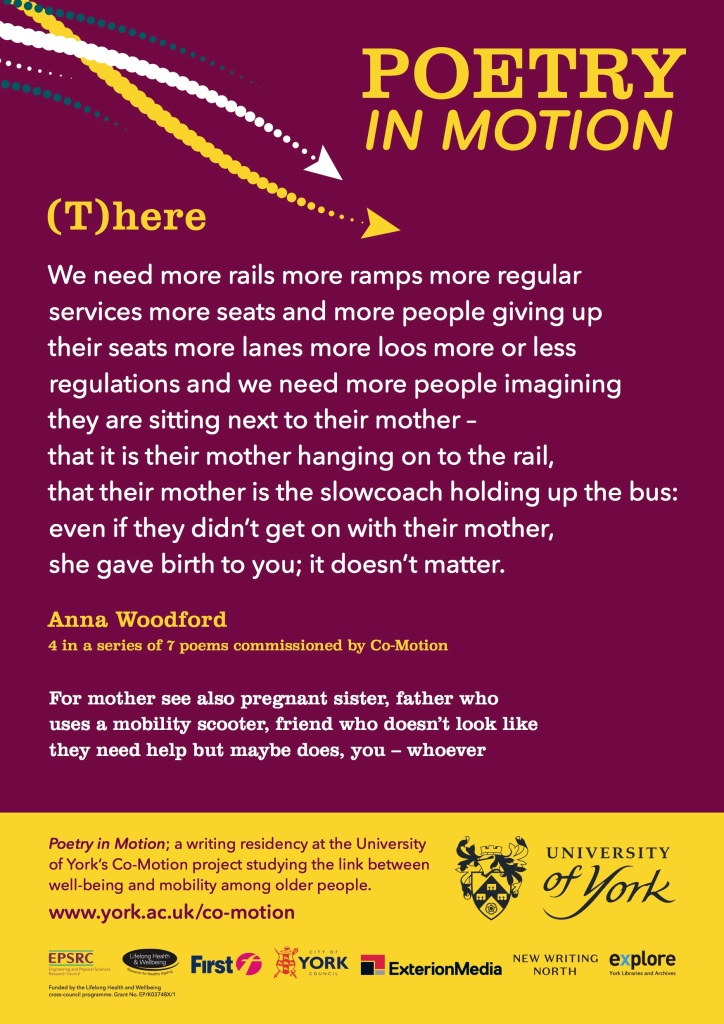
Almost from the start of the coronavirus (COVID-19) pandemic, its unequal impact on ethnic minorities has been clear. But the health inequalities experienced by Black, Asian and Minority Ethnic (BAME) communities predate the pandemic. As the Local Government Association has observed:
“…the truth is these inequalities were already having an impact on the health and wellbeing of ethnic minority communities before COVID-19 hit – it is just that the pandemic has shone a light on them like nothing before.”
Recently, the Centre for Ageing Better hosted a webinar titled “Ethnic health inequalities in later life,” based on the report of the same name, published in November 2021.
The report mainly looked at the period from 1993 to 2017, although the webinar was able to offer more recent information regarding the COVID-19 pandemic, which of course greatly affected health inequalities.
Widening inequalities
Dr. Sarah Stopforth, one of the researchers for this study, explained that ethnic inequalities have been found to widen more after the age of 30, and by the age of 40 have established themselves. One of the study’s main findings was that poor health for White British women in their 80s was the equivalent to the poor health of African and Caribbean women in their 70s, and the equivalent to Pakistani and Bangladeshi women in their 50s.
While there were similar results for men from these same ethnic groups, it is clear that women across all ethnicities have poorer health than their male counterparts. Why is this happening?
The reasons are complex, but Sara suggested that health inequalities are usually tied to the socio-economic inequalities present in our society. However, she also said that this tends to ignore the underlying causes of these health outcomes.
The role of the NHS
Dr. Habib Naqvi from NHS England talked about the role of the NHS in tackling health inequalities. He asserted that our healthcare system should be well equipped to respond to these inequalities, given the UK’s long history of migration by people from Afro-Caribbean communities. So why has it not been able to?
A lot of this, he explained, was due to the fragmentation of the NHS. The many areas of the sector are not working co-operatively to reach a collective and consistent goal, which then affects the ability to tackle issues such as inequalities in the sector.
In addition, Dr Naqvi pointed to mortality rates for ethnic minority groups – living longer does not always mean living in a healthy way. One of the features of “long Covid,” is its tendency to exacerbate long-standing health complications or to weaken COVID-19 patients’ health even after the illness. Again, ethnic minority communities have been disproportionately affected by this condition.
Another impact of the COVID-19 pandemic has been a heightened feeling of isolation and fear for many ethnic minority groups, something highlighted in a report from the University of Manchester. Many were unable to communicate with healthcare staff due to language barriers or health conditions affecting their communication skills, and were often having to be admitted alone due to Covid restrictions. The inability of patients from ethnic minority backgrounds speak for themselves raises concerns about their healthcare. Research has found evidence that ethnic minority patients – especially women – are not having their illnesses taken seriously.
Vaccine hesitancy
Linked to this is the controversial issue of vaccine hesitancy, which has become a particular concern among ethnic minority groups. One of the reasons that many members of ethnic minorities may feel hesitant or scared to take the vaccination is because of the lack of communication and information, linked with their previous healthcare experiences.
It was suggested during the webinar that even throughout the pandemic, the healthcare sector has not effectively protected ethnic minorities, despite these health inequalities long being known. Health professionals have attempted to reach out to communities and help them with any fears regarding COVID-19 or the vaccination process, but this can be difficult with social distancing restrictions. As a result, people within BAME communities may have to rely on family and friends to get information regarding vaccination, which may not calm their fears.
Data, care and trust
One of the key points driven home by Dr. Naqvi was the need for better data in order to better understand health inequalities among ethnic minority communities. Birth to end-of-life care was also mentioned, including tackling racial bias that can be found even in antenatal care. Finally, the concept of earning trust was highlighted. Dr. Naqvi said that the NHS must work to earn trust from BAME communities, particularly among the elderly, given the long-standing disparities in treatment and discrimination many have faced over the years.
Final thoughts
The webinar offered useful insights into how deeply healthcare inequalities lie. Our previous blog post on the future of public health offered a reminder that access to efficient, well-supported and high quality healthcare is vital for everyone. This webinar underlined that message, but highlighted its special significance for those experiencing longstanding health inequalities.
Photo by Hush Naidoo Jade Photography on Unsplash
If you enjoyed this article, you may also like some of our previous posts:
- The future of public health: lessons from the pandemic
- Rescheduled, delayed, cancelled: the knock on impact of the pandemic on routine health care
- Healthy ageing: how health inequality can be tackled at the local level
Follow us on Twitter to see which topics are interesting our research officers and keep up to date with our latest blogs














You must be logged in to post a comment.